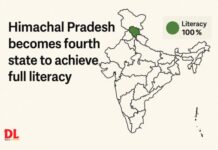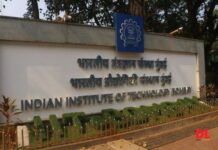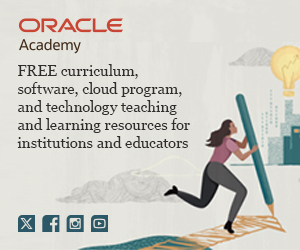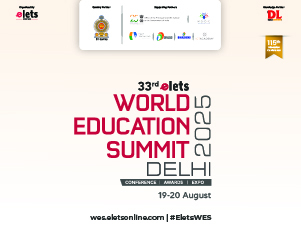Mobile Telecommunications Network (MTN) is to invest 70,000 dollars in an education project over the next three years to improve on literacy and numeracy among pupils in some basic schools in the Northern Region. Over the three-year period 25 schools would be touched by the Project that is to be initially piloted in five schools in the Tamale Metropolis and would impact on over 10,000 pupils. Mawuena Dumor, Executive Director MTN Ghana Foundation, said this when she launched the 'Academy for education development project' in Tamale on Thursday. The Project is collaboration among MTN, the Academy for Educational Development (AED) and the Centre for Education Development and Management (CEDEM), an NGO.
Stephen Yaw Manu, Executive Director of AED-Ghana, told that the Project would support the Ghana Education Service (GES) and the Ministry of Education to implement the Free Compulsory Universal Basic Education (FCUBE) to ensure that all school aged children, especially the girls, are in school to at least complete their basic education. Stephen Sumani Nayina, Northern Regional Minister, urged MTN to work closely with the GES and NGOs in the education sector to harmonise their efforts to achieve the targets of the MTN Project. He appealed to MTN and other telecommunications networks to follow the rules governing the communication sector as well as the Town and Country Planning and Environmental Protection Agency's guidelines and desist from erecting their communication mask in residential areas.



















